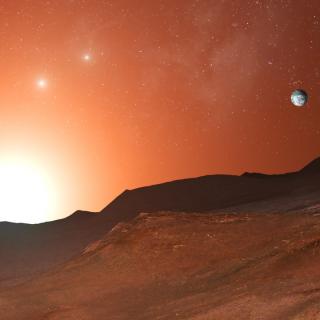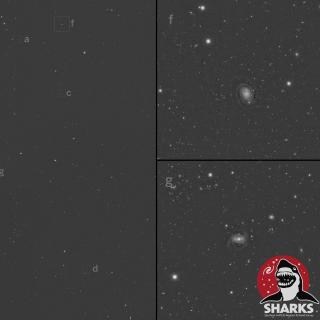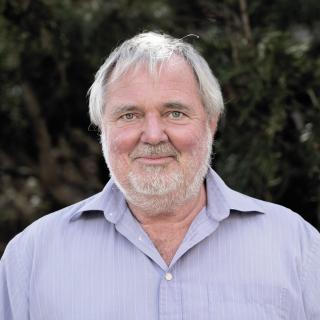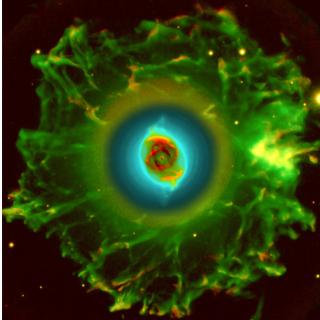
An international team of astronomers, co-led by researchers from the Instituto de Astrofísica de Canarias (IAC), has confirmed the presence of a new planet orbiting Proxima Centauri, the closest star to the Solar System. It is the third planet detected in this star and one of the lowest mass planets ever discovered, with only a quarter of the mass of the Earth. The study, published today in the journal Astronomy & Astrophysics, uses observations made with the ESPRESSO spectrograph on the Very Large Telescope (VLT) at the European Southern Observatory (ESO) in Chile. Proxima Centauri is the
Advertised on


![OSRIS spectra of the C-19 member stars Spectra of the C-19 member stars observed with OSIRIS, normalized using a running mean filter after removing the velocity signal in the rest frame (black lines), together with the best fit (blue lines) derived by adopting a fitting procedure. The metallicity, [Fe/H], computed from [M/H] and [Ca/H] is also indicated for each star.](/sites/default/files/styles/crop_square_2_2_to_320px/public/images/news/41586_2021_4162_Fig6_ESM_f.jpg?h=6246b455&itok=lNqI9pli)

![MUSE view of PN M 1-42 Left panel: spatial distribution of the auroral [N II] λ5755 emission line in the PN M 1-42 prior to applying the recombination contribution. Middle panel: spatial distribution of the N II λ5679 recombination line. Right panel: same as left panel after applying the recombination contribution correction.](/sites/default/files/styles/crop_square_2_2_to_320px/public/images/media/image/figura.jpg?h=87b882e3&itok=_BiZgjuV)